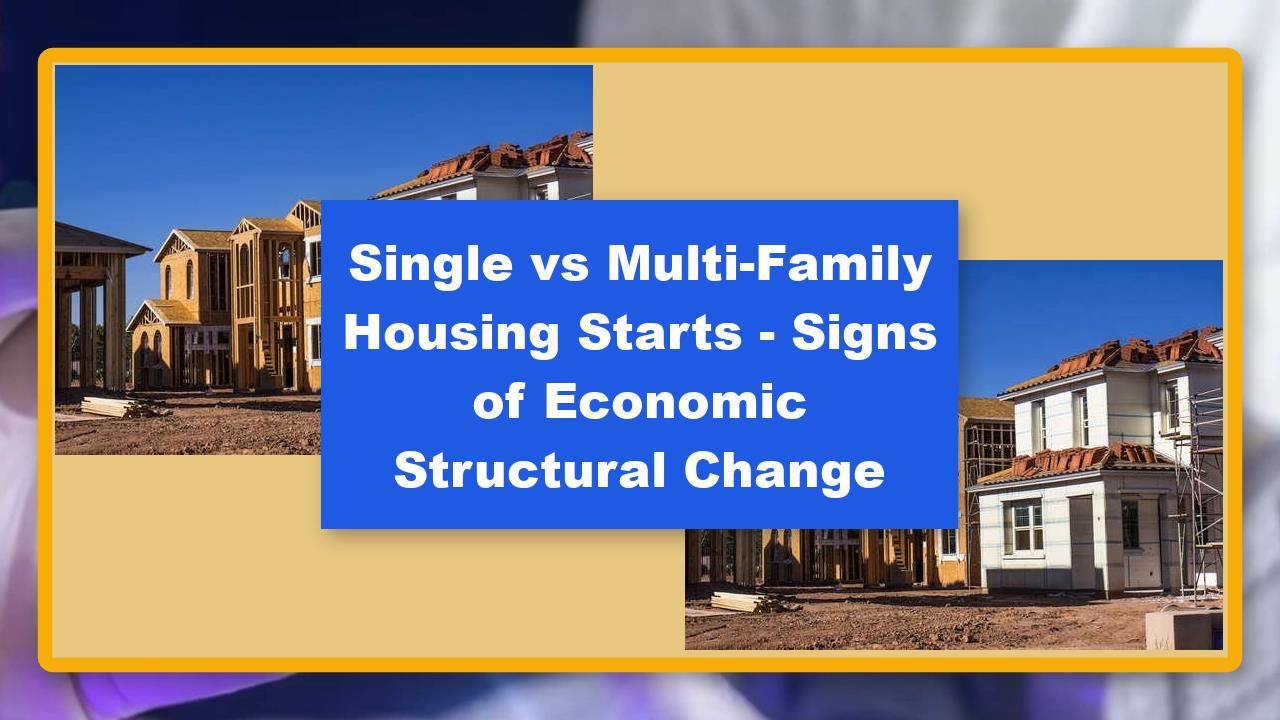AI Analysis:
Multi-family housing starts are experiencing greater success and outperforming single-family housing starts for several reasons. Firstly, the changing demographics and shifting preferences of the population play a significant role. As urban areas continue to grow and land becomes scarcer, multi-family housing offers an efficient use of space, allowing more people to reside in limited areas. Additionally, younger generations, such as millennials and Gen Z, often prefer the convenience and affordability of multi-family housing, as it provides access to urban amenities and reduces the burden of homeownership.
Secondly, economic factors contribute to the outperformance of multi-family housing starts. Rising housing costs, including home prices and mortgage rates, have made it more challenging for individuals to afford single-family homes. Multi-family housing, on the other hand, often offers rental options that cater to various income levels, providing a more accessible housing solution. Investors and developers recognize the growing demand for rental properties, leading to increased investment in multi-family projects, which in turn drives the higher number of housing starts.
Lastly, the lifestyle changes brought about by the COVID-19 pandemic have impacted housing preferences. Remote work and flexible schedules have made proximity to workplaces less crucial, allowing individuals to prioritize other factors when choosing a place to live. Multi-family housing developments often offer desirable amenities such as shared common spaces, gyms, and co-working areas, which have become more appealing as people spend more time at home. The desire for community and social interaction, especially after periods of isolation, has further fueled the demand for multi-family housing, resulting in its outperformance compared to single-family housing starts.
Poll:
Video:
References:


Comments